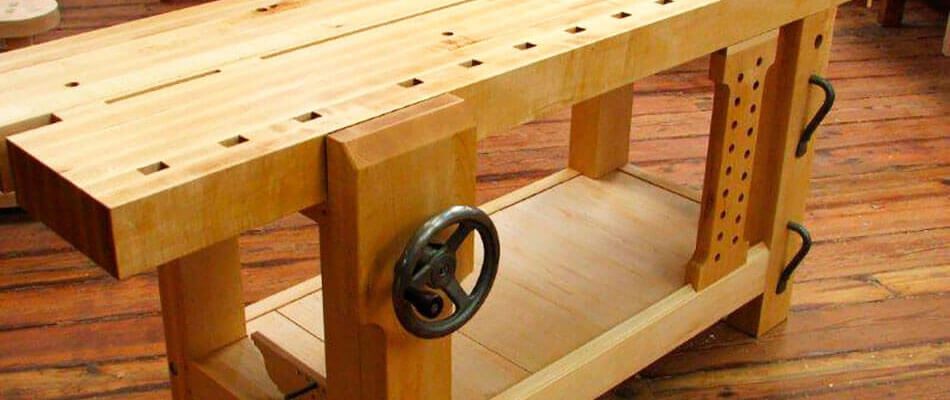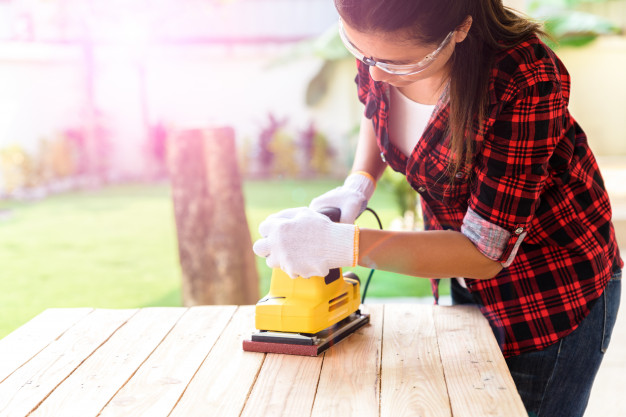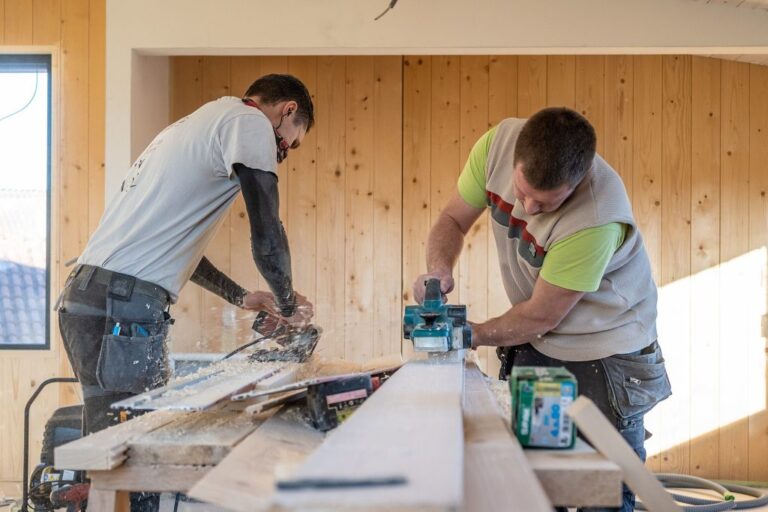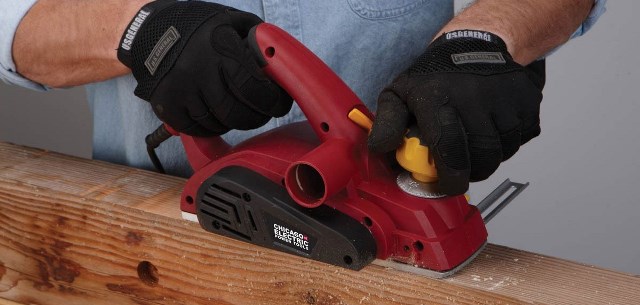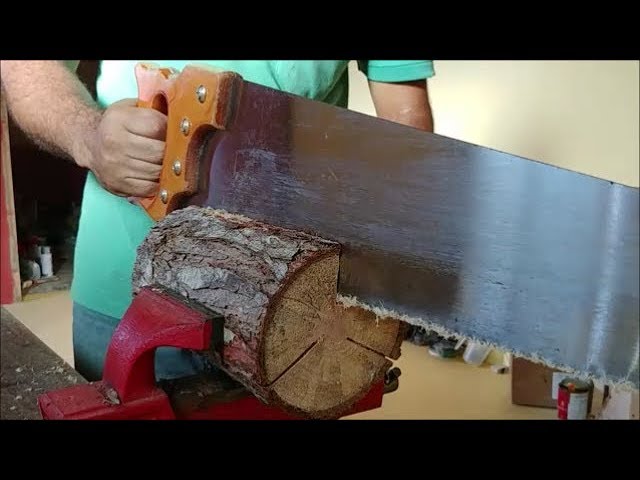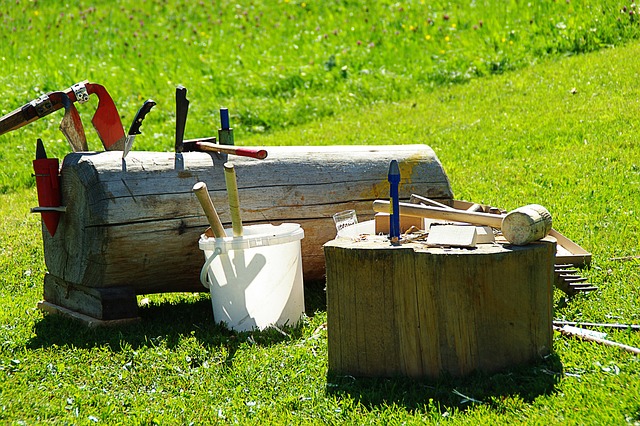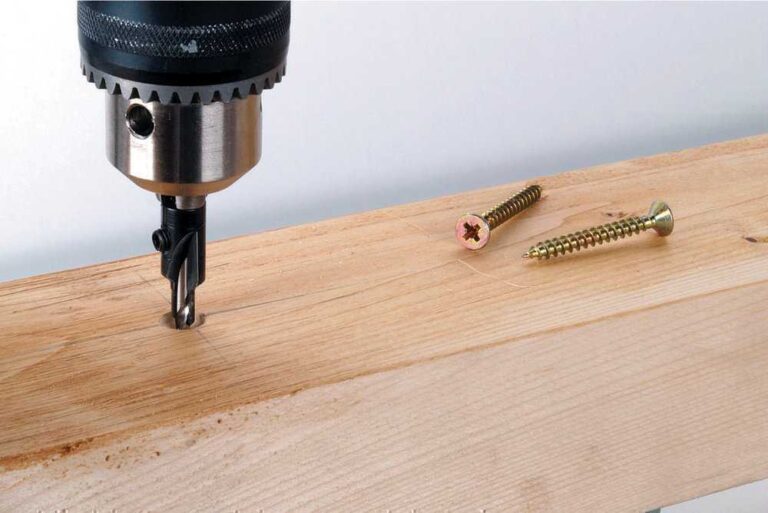Workbenches in Carpentry: Choose the Best Surface for Your Projects
In this article, we will address an essential topic for carpenters: workbenches in the carpentry shop. Understanding the importance of choosing the best surface for your countertops is essential to ensure efficient and precise work. Throughout this text, we will present different surface options, discuss their advantages and disadvantages, and provide guidance on how to choose the best option according to your needs. Our goal is to help you find the ideal surface for your workbenches.
Table of Contents
Why are workbenches essential in woodworking?
Workbenches are fundamental pieces in carpentry, as they provide a suitable surface to carry out tasks efficiently and precisely. Choosing the best surface for the countertops is crucial, as it directly influences the quality and safety of the work performed.
An adequate surface provides stability and firmness, allowing the carpenter to work with greater ease and precision. Furthermore, it offers the necessary organization to have all the tools and materials at hand, avoiding wasted time and improving productivity.
A suitable workbench also contributes to the carpenter’s safety. A stable surface minimizes the risk of accidents, such as unwanted movement of parts or tools during work. Furthermore, a well-designed workbench can include safety devices, such as presses or vises, which help to secure parts and provide greater safety while performing tasks.
Therefore, investing in a workbench with the appropriate surface is essential to guarantee an efficient, safe and higher quality work environment.
Surface options for workbenches
When choosing the best surface for workbenches in the carpentry shop, it is important to consider the different options available. Each material has its advantages and disadvantages, and it is necessary to evaluate which one best suits the needs and characteristics of each project.
Solid wood is a classic and durable option for workbenches. Its main advantage is resistance, allowing the use of tools safely and efficiently. However, it is important to consider that solid wood may be more susceptible to deformation due to humidity or temperature variations, in addition to requiring regular maintenance to ensure its durability.
MDF, or Medium Density Fiberboard, is a more economical and stable option for workbenches. It is produced from the combination of wood fibers with resins, resulting in a smooth and uniform surface. MDF is more resistant to moisture and warping than solid wood, making it an ideal choice for projects that involve contact with liquids or humid environments.
Another popular option is plywood, which offers good resistance and an attractive cost-benefit ratio. Plywood is made up of several layers of wood glued and pressed together, resulting in a resistant and stable surface. It is a versatile option, and can be used in both simple and more complex projects, and also requires less maintenance than solid wood.
For those looking for durability and aesthetics, natural stones are an excellent option. Granite and marble are resistant, high-quality materials that add a touch of sophistication to worktops. However, it is important to consider that these surfaces may be more sensitive to scratches and impacts, in addition to being more expensive.
Finally, laminated surfaces are a practical and affordable option for workbenches. They are produced by applying a layer of laminate on a wooden or chipboard base, providing resistance and ease of cleaning. However, it is important to consider that laminate surfaces may be less durable and more susceptible to scratches than other materials.
When choosing the best surface for your carpentry workbenches, it is important to take into account the specific needs of the job, the carpenter’s skill level, the cost-benefit of the available options and also seek recommendations from professionals in the field. With the right choice, you will be able to count on a suitable surface that will contribute to the efficiency, organization and safety of carpentry projects.
Comparison between surfaces
When choosing the best surface for woodworking workbenches, it is important to consider some important aspects. Let’s make a comparison between the different options available to help with this decision.
Wear resistance
Wear resistance is key to a durable workbench. Solid wood, for example, has excellent resistance to scratches and impacts, making it ideal for heavier tasks. MDF and plywood may be more prone to damage, but can also be a viable option depending on the type of work performed.
Stability and level of deformation
To avoid problems with the stability and deformation of the bench, it is necessary to evaluate the different surfaces. Solid wood offers good stability, but can suffer from variations in humidity and temperature. MDF is known for its stability and low deformation, making it a common choice for woodworking. Plywood also has good stability, as long as it is of good quality and has been properly treated.
Resistance to chemicals and moisture
Depending on the type of work carried out in the carpentry, it is essential to have a surface resistant to chemicals and humidity. In this aspect, natural stones are excellent options, as they are resistant to both humidity and chemicals. MDF and plywood can present problems if exposed to moisture and chemicals for a long time, while solid wood can be treated to resist these elements.
Level of maintenance required
Another aspect to be considered is the level of maintenance required for each surface. Natural stones, for example, require little maintenance, just cleaning and protecting against stains. Solid wood, on the other hand, may require more care, such as applying oil or varnish periodically. MDF and plywood can be easier to maintain, requiring only regular cleaning.
Aesthetics and cost
Aesthetics and cost are also important factors when choosing a workbench surface. Solid wood offers a natural, sophisticated look but can be more expensive compared to MDF and plywood. Natural stones also provide an elegant aesthetic, but their cost can be higher. MDF and plywood are more economical options and can be easily customized with paint or laminate coverings.
By considering these different aspects, it is possible to choose the best surface for workbenches in the carpentry shop, taking into account wear resistance, stability, resistance to chemicals and humidity, the level of maintenance required, aesthetics and cost. . Always remember to identify the specific needs of the work, consider the carpenter’s skill level, evaluate the cost-benefit and seek recommendations from professionals in the area. Choosing the correct surface will certainly contribute to more efficient and precise work in the carpentry.
How to choose the best surface for your workbenches
When choosing the best surface for workbenches in the carpentry shop, it is important to take some specific issues into consideration. Firstly, it is necessary to identify the needs of the work that will be carried out. This includes the type of project, the tools and equipment used, and even the number of people who will work at the bench.
Additionally, it is essential to consider the skill level and experience of the carpenter. People with more experience may adapt better to more demanding and complex surfaces, while beginners may prefer simpler, easier-to-work surfaces.
Another key factor to evaluate is the cost-benefit of the available options. Each type of surface has a different cost, and it is important to choose an option that is within the available budget, without compromising the quality and durability of the countertop.
Finally, it is always recommended to seek recommendations and opinions from professionals in the field. Knowledge and experience of other people can help in decision making and avoid possible mistakes or inconveniences.
Taking these points into consideration, you can choose the best surface for your woodworking workbenches. With the right combination of needs, skills, cost-benefit and professional guidance, it is possible to guarantee an efficient and productive work environment.
Conclusion
In carpentry, workbenches are essential to ensure the efficiency and precision of projects. Choosing the appropriate surface for these benches is essential to provide a safe and organized work environment.
Throughout this article, we present different surface options for workbenches, such as solid wood, MDF, plywood, natural stones and laminated surfaces. Each of these options has advantages and disadvantages, and it is important to consider this when choosing the best option for your needs.
We compared these surfaces based on criteria such as wear resistance, stability, resistance to chemicals and humidity, required level of maintenance, aesthetics and cost. These aspects must be taken into consideration for a conscious choice.
To select the best surface for your workbenches, it is important to identify the specific needs of your woodworking work. In addition, take into account your level of skill and experience, evaluate the cost-benefit of the available options and seek recommendations from professionals in the field.
In short, workbenches in the carpentry shop play a key role in the success of projects. With the diversity of surface options available, you can find the one that best suits your individual needs. So, make a conscious choice and make the most of your woodworking workbench.

